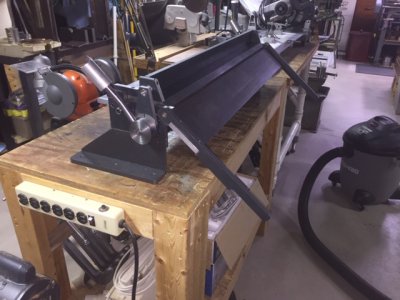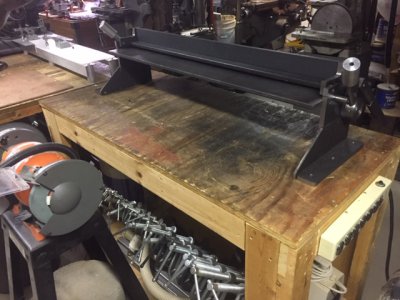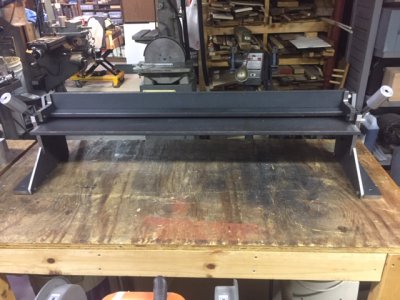Hi. I'm scaling up some old shop drawings. The thickness of a given piece is 0.5mm with a tolerance of +5 microns to -15 microns.
I'm scaling the drawing up to 2:1, so I need a 1mm thick piece. But is my tolerance tge same as the original? Or does it also double to +10 / -30?
Or something different? If it matters, the item is going to be hand operated, without much stress placed upon it.
I'm scaling the drawing up to 2:1, so I need a 1mm thick piece. But is my tolerance tge same as the original? Or does it also double to +10 / -30?
Or something different? If it matters, the item is going to be hand operated, without much stress placed upon it.


